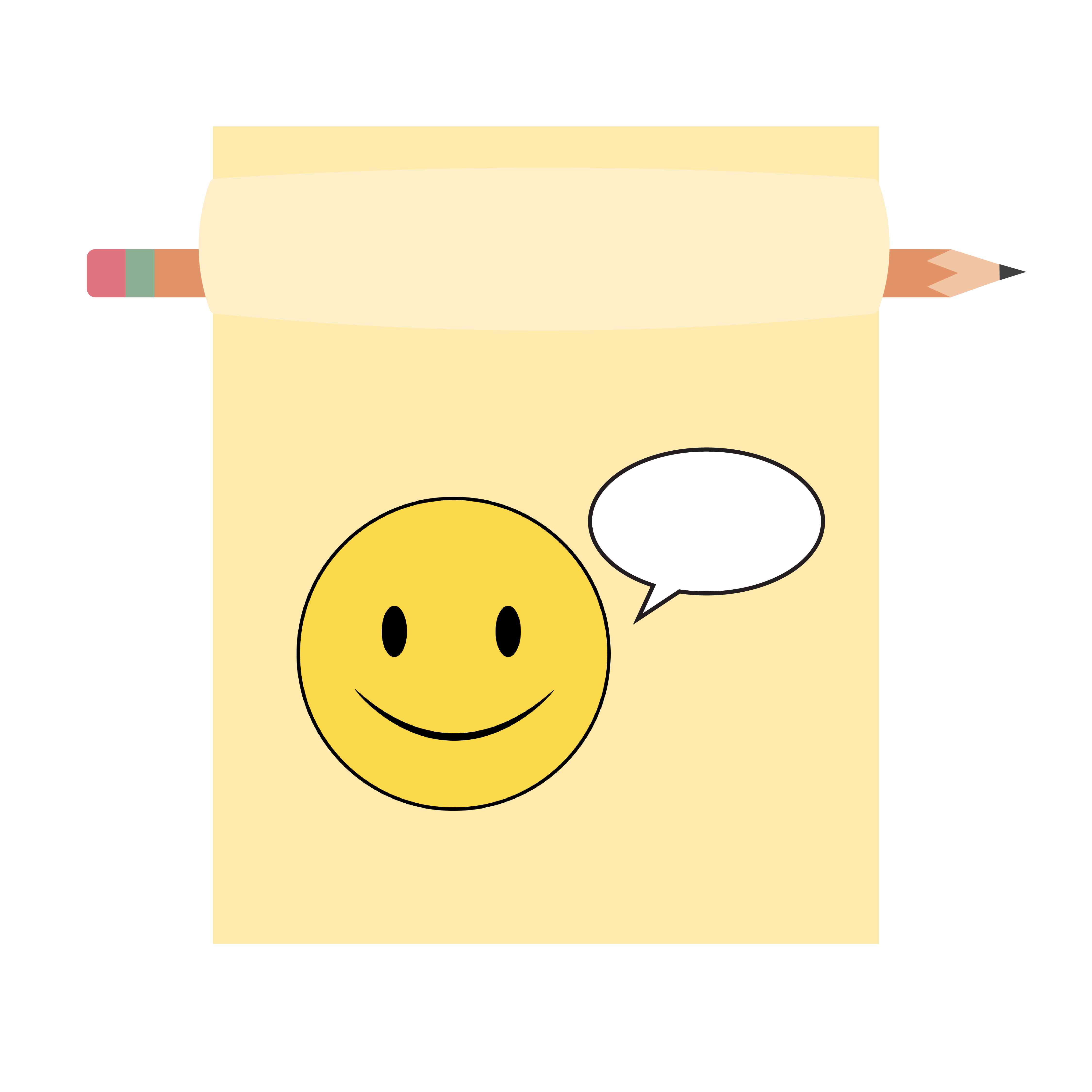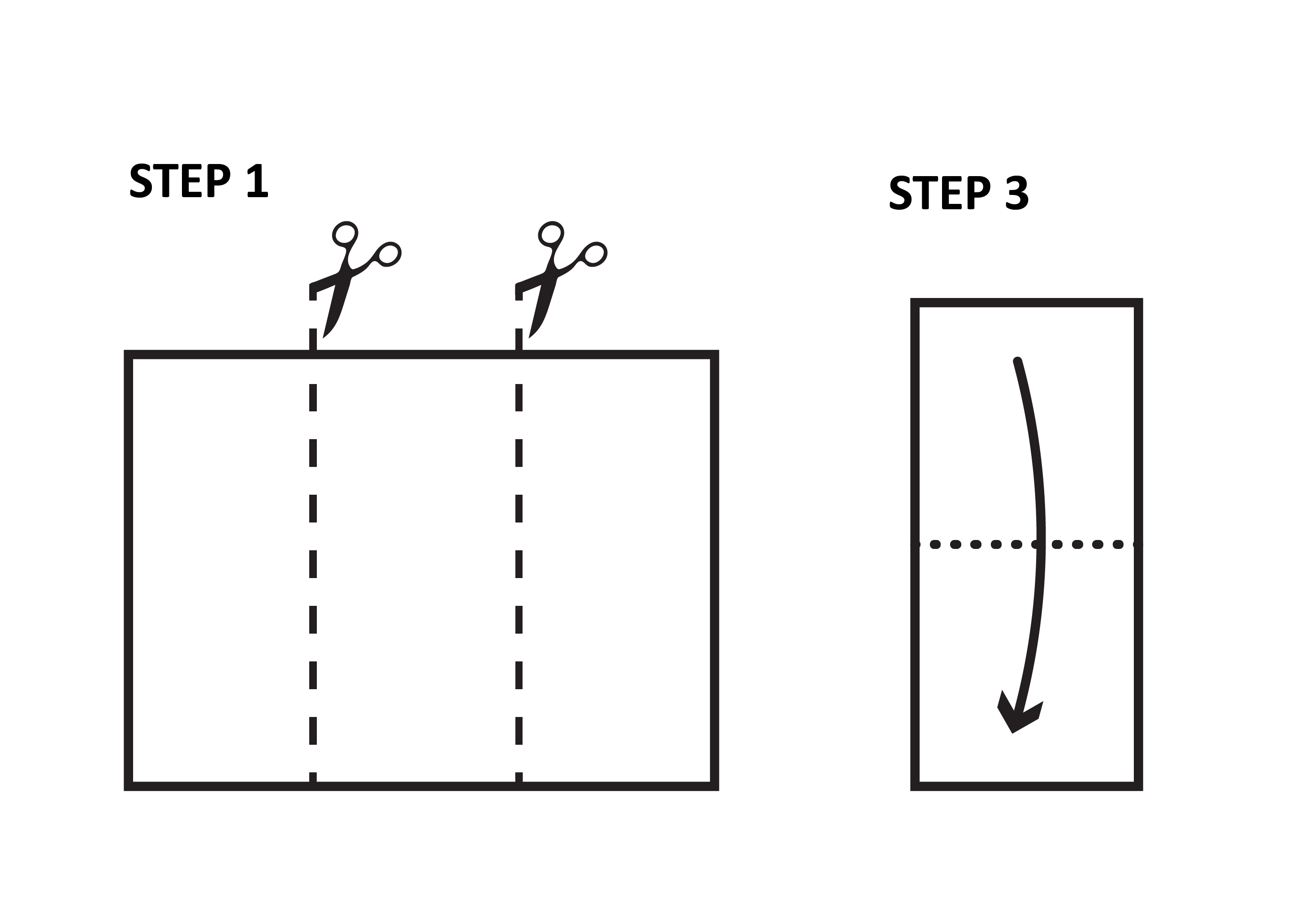Card

Two-Frame Reflection
This strategy uses simple animation to engage learners at the end of a lesson to communicate their prior knowledge, feelings, and gaps in understanding.
Two-Frame Reflection
Summary
Students use simple two-frame animation to summarize and demonstrate their understanding of a topic or text. This strategy also can help students reflect on their learning by adding non-verbal cues to communicate how they feel about their comprehension.
Procedure
Cut horizontal pieces of paper into three strips (see Step 1 image below).
Give each student a strip of paper.
Have students fold the paper in half hamburger-style (see Step 3 image below).
Students draw a neutral face on the top fold.
Students then open the fold and draw another face to express how they feel about the day’s lesson.
Students add a speech balloon to the second face with the answer to a higher-order thinking question that asks them to analyze, summarize, apply, or synthesize what was learned or that asks them to predict what happens next.
Holding a pencil horizontally, students wrap the top fold around the pencil and tightly roll up the paper.
Using the pencil, students can roll the paper up and down repeatedly to see their simple animation.
Watch a video of how to create a two-frame animation.

Henriques, J. (2020, April 3). 2 frame animation fun art project kids [Video]. YouTube. https://youtu.be/IkoujEFAadM

